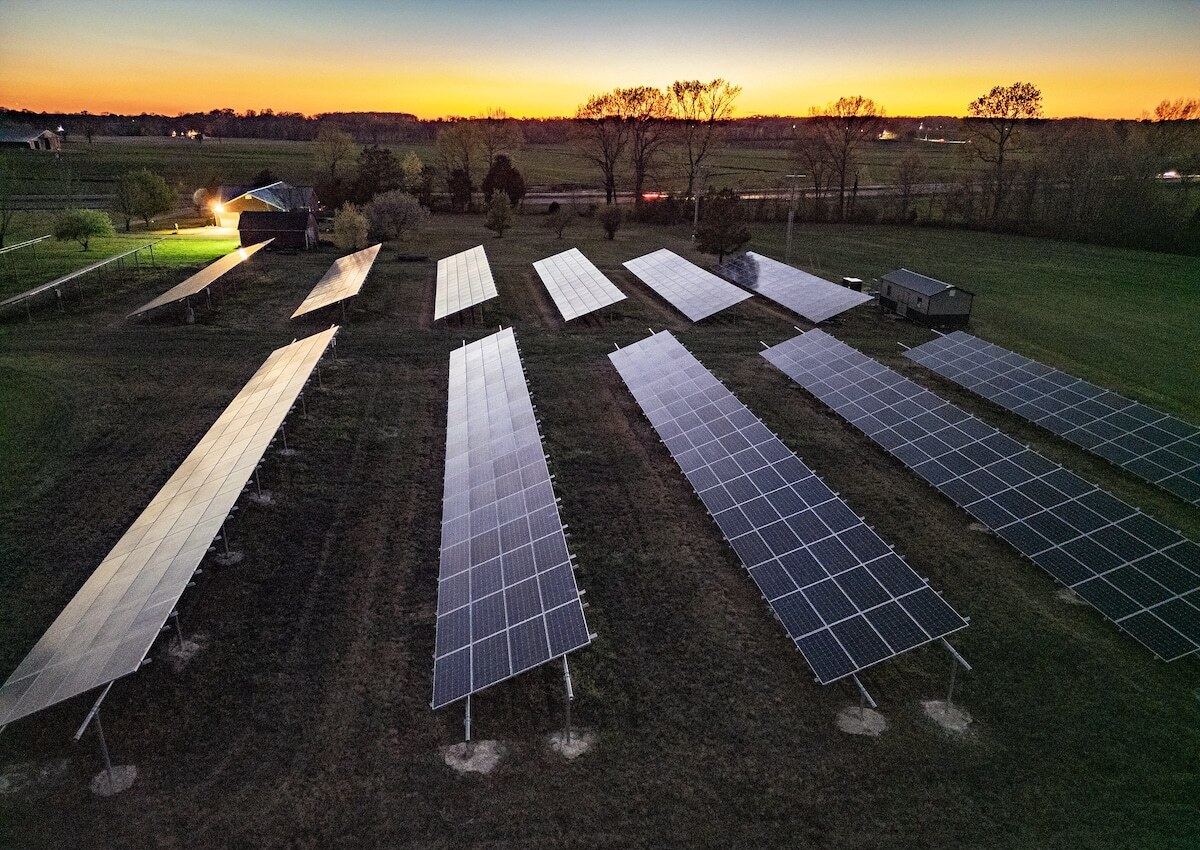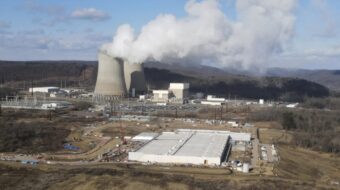
On a visit to Wisconsin Thursday, President Joe Biden announced $7.3 billion in financing for 16 rural clean energy projects to be directed by rural electric cooperatives through the Empowering Rural America (New ERA) program.
The combination of New ERA and other Inflation Reduction Act-funded rural green energy projects comprise the biggest rural electrification investment since the 1936 Rural Electrification Act, signed by President Franklin D. Roosevelt as part of the New Deal, a press release from the United States Department of Agriculture (USDA) said.
“The Inflation Reduction Act makes the largest investment in rural electrification since FDR and the New Deal in the 1930s,” said John Podesta, President Joe Biden’s senior advisor for international climate policy, in the press release. “Today’s awards will bring clean, affordable, reliable power to rural Americans all across our nation.”
The 16 selections funded by the president’s Investing in America agenda will build 10-plus gigawatts (GW) of renewable energy in rural areas across the country. These projects — leveraged by private investments in excess of $29 billion — will avoid and reduce a minimum of 43.7 million tons of annual greenhouse gas emissions, equal to removing 10 million or more cars from the road each year.
“Under the Biden-Harris Administration, we are supporting a more prosperous future for rural communities by speeding up the transition to clean energy while at the same time keeping monthly bills low and investing in the American workforce with new jobs and apprenticeships,” said USDA Secretary Tom Vilsack in the press release. “One in five rural Americans will benefit from these clean energy investments.”
The projects will lower rural communities’ energy costs, reduce pollution, and make the country’s electric grid more resilient while advancing the administration’s Justice40 Initiative.
Funds from New ERA will be used by the selectees to bring cleaner and more affordable energy to roughly five million households in 23 states — 20 percent of the farms, rural households, schools, and businesses in the U.S.
The projects will support 4,500-plus permanent jobs, as well as 16,000 construction jobs, and reduce pollution by a total of 2.9 billion tons.
The 10 or more GW of green energy will be made up of 4,377 megawatts (MW) of solar, 3,723 MW of wind, 804 MW of nuclear energy, and 357 MW of hydropower.
The funds will also be used to build nearly 1,900 MW hours of battery storage to increase the reliability of the energy grid and reduce outage times for customers.
“USDA Rural Development provides loans and grants to help expand economic opportunities, create jobs, and improve the quality of life for millions of Americans in rural areas. This assistance supports infrastructure improvements; business development; housing; community facilities such as schools, public safety, and healthcare; and high-speed internet access in rural, Tribal, and high-poverty areas,” the press release said.
This article was reposted from EcoWatch.
We hope you appreciated this article. At People’s World, we believe news and information should be free and accessible to all, but we need your help. Our journalism is free of corporate influence and paywalls because we are totally reader-supported. Only you, our readers and supporters, make this possible. If you enjoy reading People’s World and the stories we bring you, please support our work by donating or becoming a monthly sustainer today. Thank you!










